LONDONDERRY TOWNSHIP, Pennsylvania — The efforts to reopen one of Three Mile Island’s nuclear reactors accelerated by an entire year last week, less than 50 years after the worst nuclear accident in U.S. history happened at the Pennsylvania plant.
The Washington Examiner recently got a look inside unit one of the facility, which was not damaged during the 1979 incident and shut down in 2019, and toured its turbine service building, control room, turbine deck, and cooling towers.
Executives with Constellation Energy revealed last Wednesday that they are hoping to see steam rising from the unit’s two iconic cooling towers as soon as 2027, one year faster than initially anticipated.
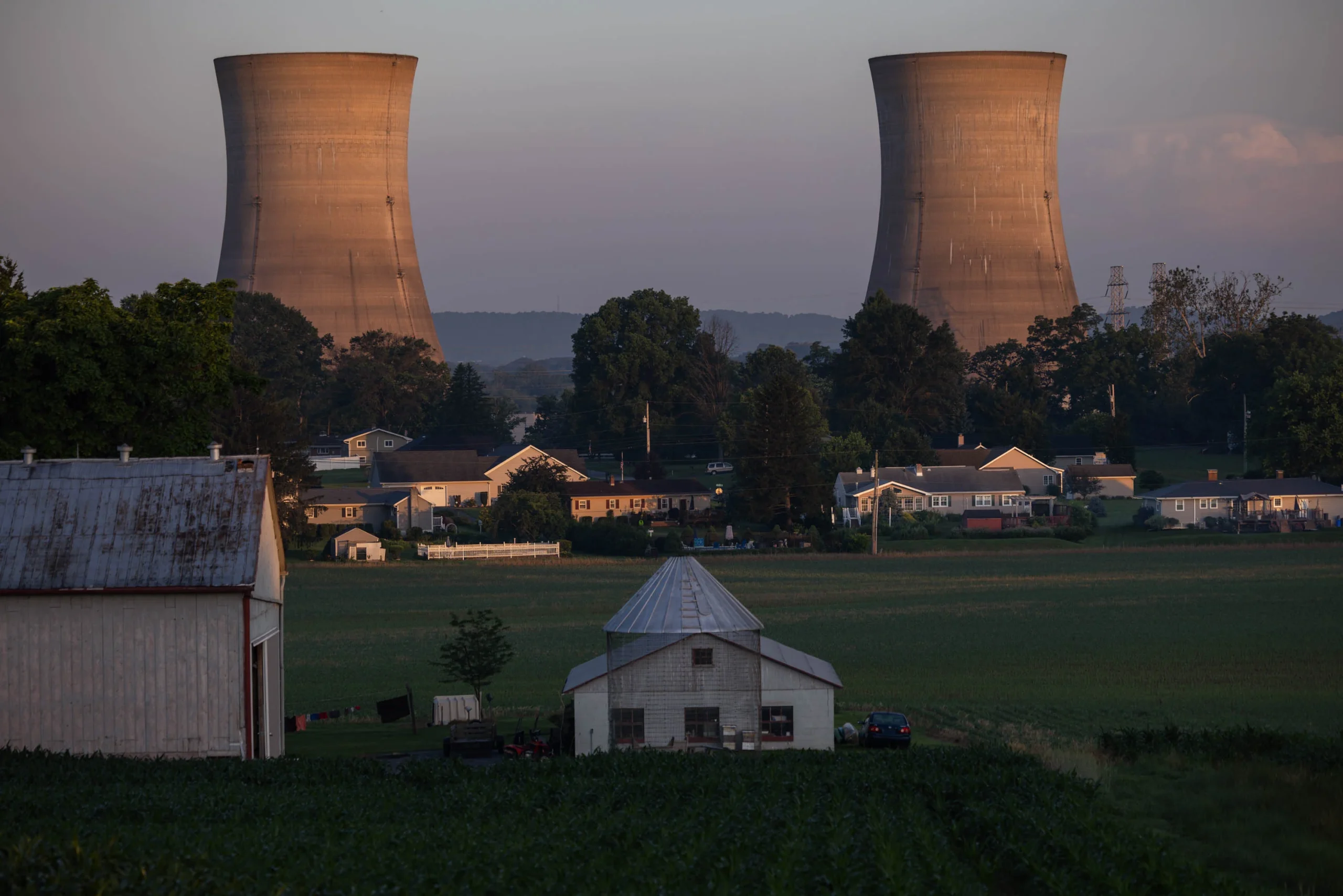
Where things stand
Constellation first announced in September that it would be pursuing the restart of the plant, which has been renamed the Crane Clean Energy Center.
The restart has critical backing from tech giant Microsoft, which aims to enter a 20-year purchase agreement with Constellation to use the electricity generated by the nuclear facility to power its artificial intelligence operations and data centers, pending approval from the Nuclear Regulatory Commission.
Roughly nine months later, the two companies have seen significant progress in getting the plant back up and running.
As of last Wednesday, the facility was more than 64% staffed, with nearly 400 full-time employees hired and about 58 additional hires set to start in the coming weeks. The plant will need about 600 full-time employees when operating.

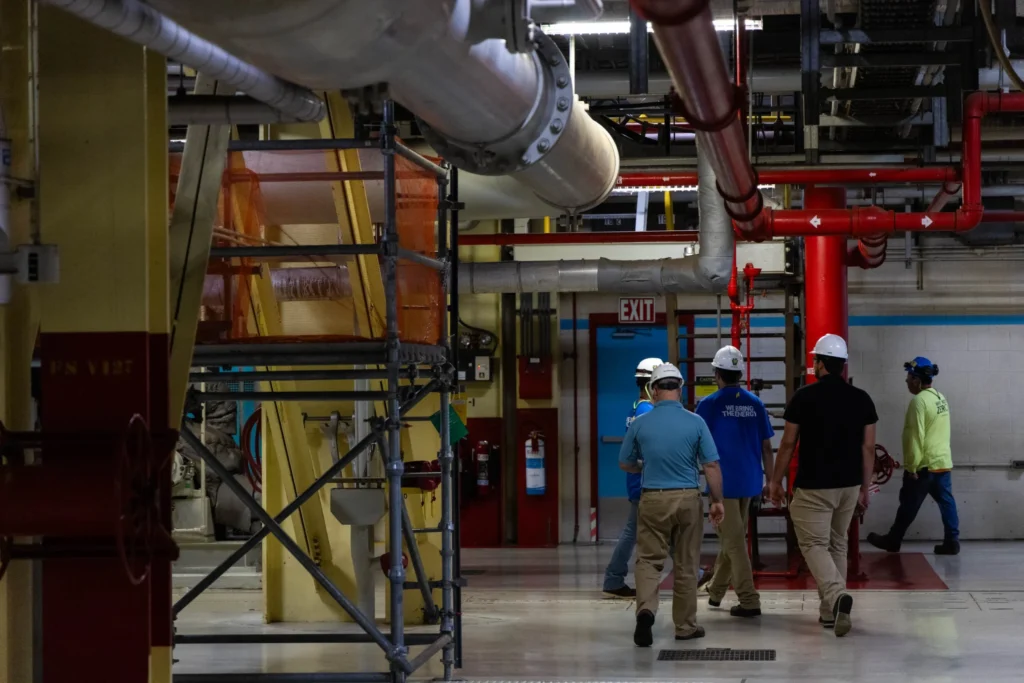
Craig Smith, who has worked at the site for 20 years, said this week that they have even begun training and licensing reactor operators, a process that takes about 18 months.
Restarting a closed nuclear plant is a complex regulatory process that involves numerous inspections, safety checks, part replacements, and much more. Older facilities, such as the original Three Mile Island unit one reactor, contain aging equipment, causing unexpected roadblocks or delays for bringing them back online.
Luckily, some of these critical part replacements were made before the reactor was even shut down over five years ago, making the restart smooth thus far.
Smith explained that the reactor’s steam generators, which turn water heated by the nuclear reactor into steam that is later converted into electricity, were replaced in 2009 after some of the tubing had grown susceptible to corrosion due to age. Due to the recent replacement, Constellation has successfully passed inspections of its steam generator.
If Constellation does get the green light to turn the unit back on, it currently only has a license to operate until 2034. Given the 20-year purchase agreement, the company is seeking to extend that to 2054.
To do so, Constellation must file a license renewal application with the NRC. As of last week, Smith said they had not yet done so and were getting the appropriate documentation together.
On Wednesday, the company was poised to submit a license amendment in the coming days to support its ability to receive new fuel for the nuclear reactor set to arrive sometime next year.
Also on the to-do list are critical upgrades to the unit’s two cooling towers that will draw water from the surrounding Susquehanna River, upgrades to the unit’s main rotor, minor corrective maintenance to the main generator, and the replacement of two main power transformers.
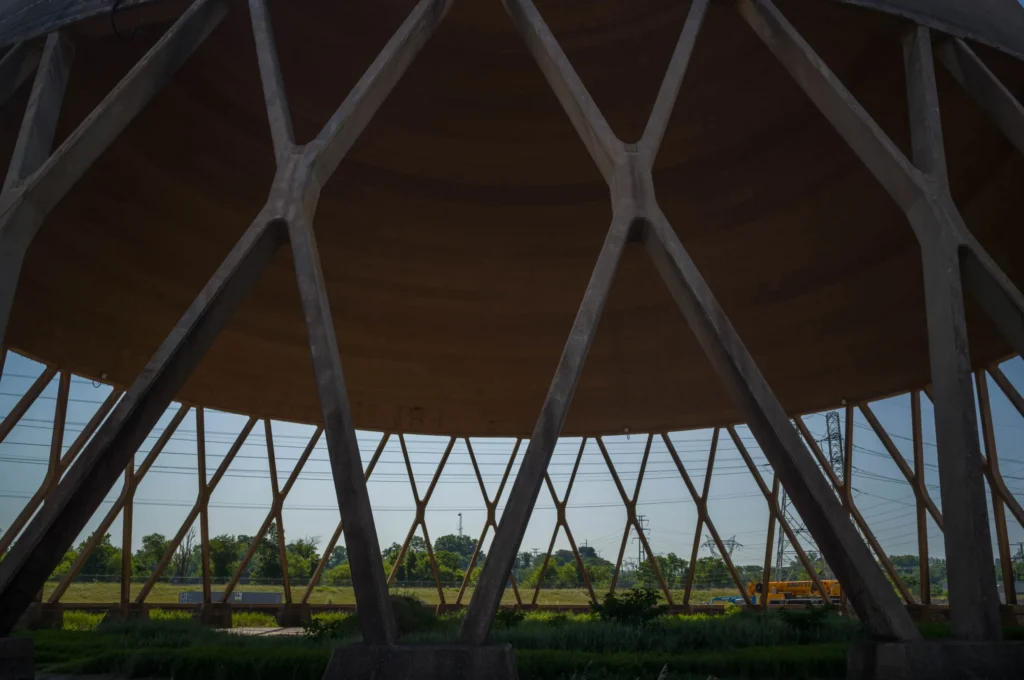
An advanced facility
While the unit’s control room looks more or less like it did when it was first installed, with buttons and grip controls covering the retro green walls and panels, several upgrades were made before the Three Mile Island facility closed in 2019.
This included installing digital control systems for the main turbine and reactor control rods. The majority of all other systems in the control room remain analog, and Constellation has no intention of digitizing anything else during the restart process.
“We are evaluating potential upgrades to digital control systems, but that’s something we’ll do after we restart,” Smith said during a media tour of the facility Wednesday.
“The intent there really is that we want to restart the facility exactly as we shut down in 2019. That helps with the regulatory process,” he said.
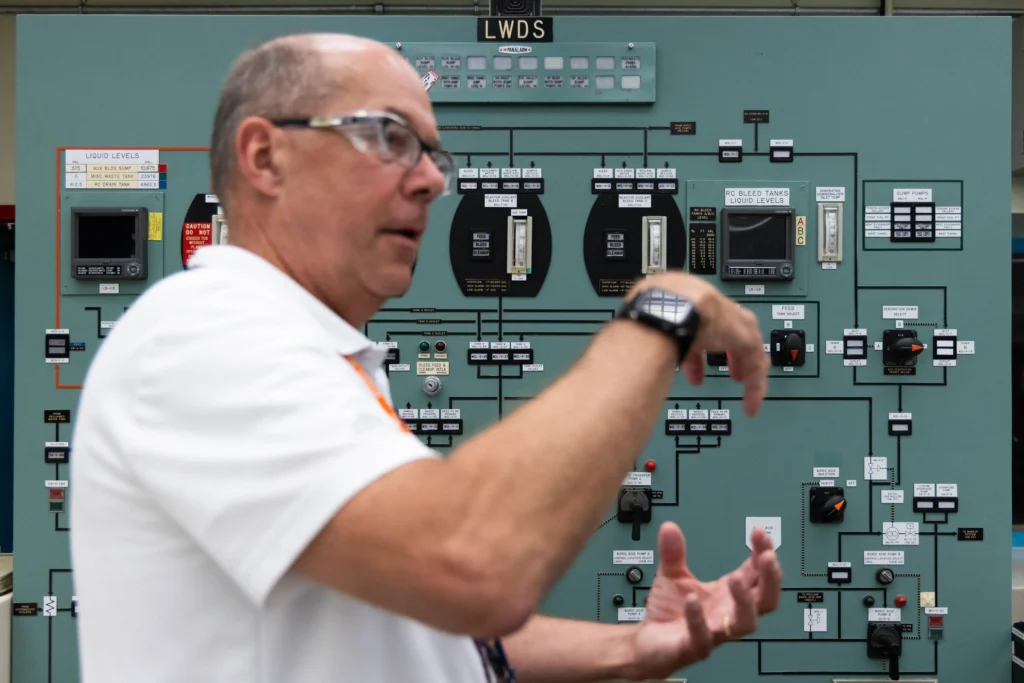
Constellation does, however, plan to integrate artificial intelligence into its management of the facility. This is primarily to streamline operations, such as monitoring ongoing or future maintenance.
“For the first time, I think we’re going to be able to demonstrate the application of AI to make the plant more efficient and safer,” Constellation President and CEO Joe Dominguez said, insisting that this integration of AI will help make it the most advanced nuclear plant in the United States once it is up and running.
It remains to be seen if Constellation also intends to construct other advanced nuclear technologies, such as small modular reactors, on the same campus, as other facilities such as the Palisades Nuclear Plant in Michigan have announced.
“Not going to see SMRs just yet,” Dominguez said.
Passed on to new generations
Overall, Constellation estimates that the entire restart project will create 3,400 direct and indirect jobs in the region and generate more than $3 billion in state and federal tax revenue.
Dozens of these jobs have gone to people who worked at the facility before it was decommissioned, joined during the decommissioning, or had family members who also spent their entire careers at the nuclear plant.
This includes Hannah Pell, a nuclear licensing and regulatory assurance specialist who is following in her father’s footsteps at the unit one reactor.
Pell’s father worked at Three Mile Island for 36 years and died before the first unit was shut down in 2019. Hannah Pell began working at the facility four years ago, focused on unit two and its decommissioning. She now assists with all regulatory and licensing submissions to federal regulators for the Crane Clean Energy Center.

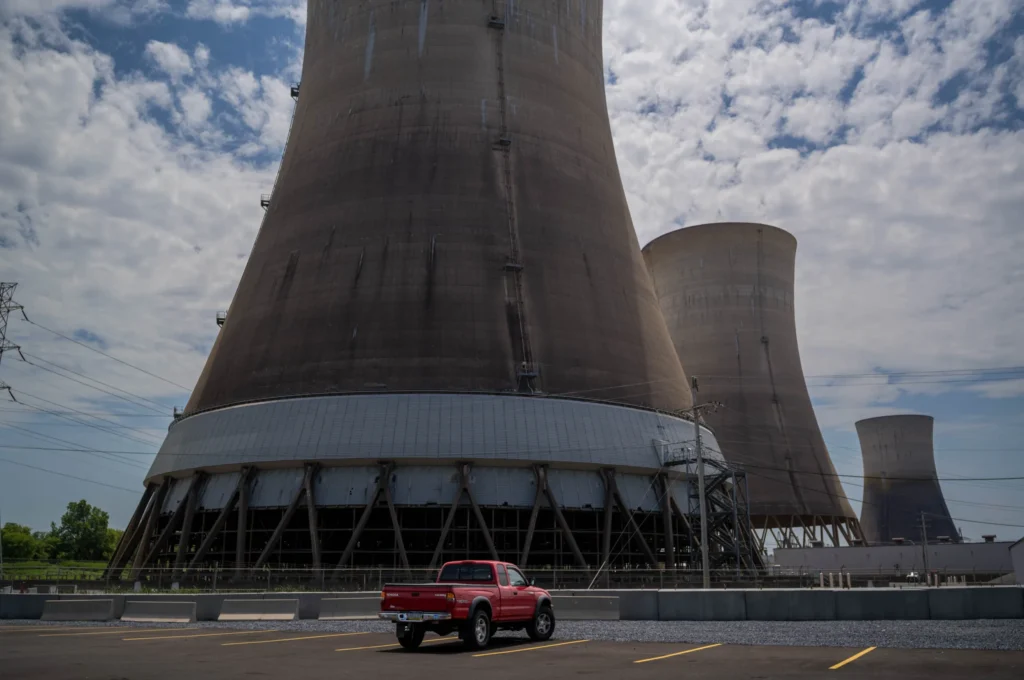
While her father isn’t here to see the reactor turn back on, Pell told the Washington Examiner that she sees evidence of her father everywhere around the plant in plaques, banners, and the older employees who worked alongside him.
“I started down on the other unit about four years ago and just over the last couple of years … people that come up to me like, ‘Oh, I knew your dad,’ it’s like they are really trying to pass it on,” Pell said.
“I feel like we are inheriting the place,” she said.
Several employees told the Washington Examiner that they are grateful to see Constellation moving forward with the restart, adding that revenue generated from the plant will be critical for rural development and funding for nearby schools.
And in neighboring towns such as Middletown and Hershey, there is a strong sense that most residents didn’t wish to see the plant closed in the first place.
No decommissioned nuclear plant has restarted in the history of the U.S. While the restart of Three Mile Island’s unit one reactor could be the first, the industry is expecting to hit that milestone much sooner.
THREE MILE ISLAND NUCLEAR PLANT COULD COME BACK ONLINE AS EARLY AS 2027
The Palisades Nuclear Plant in western Michigan ceased operations in May 2022 and is expected to be up and running by the end of this year. The facility, owned by Holtec International, is still awaiting final approval from the NRC and approval on certain maintenance techniques used during the restart.
There is at least one other closed facility that is also anticipated to reopen in the coming years. In January, NextEra Energy announced that it was taking steps to restart the Duane Arnold nuclear plant in Iowa.















